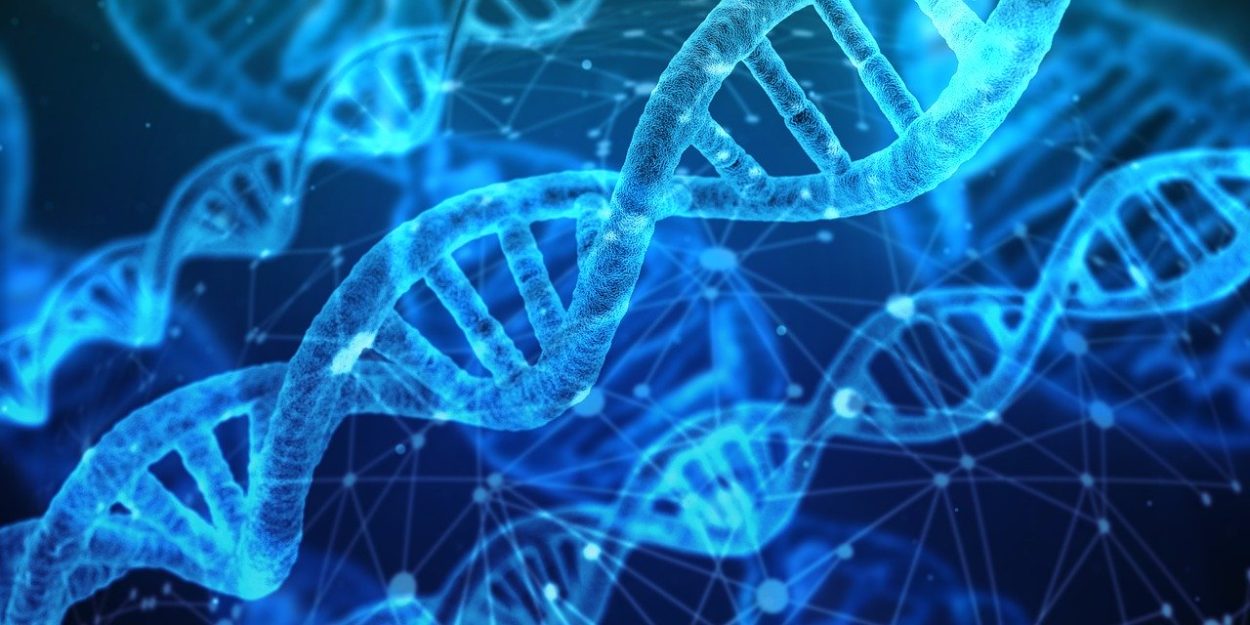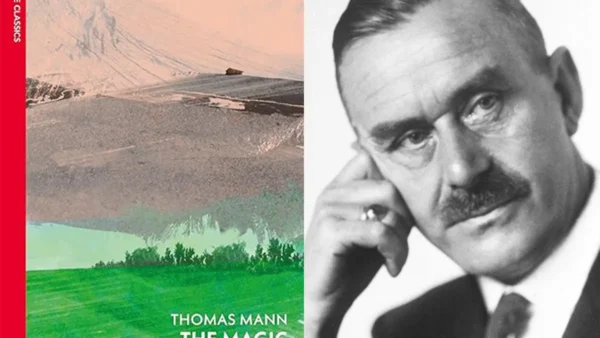We all know about the physical properties of DNA and its contributions to medical and scientific research. But what interests sociologist Alondra Nelson is the social life of DNA.
We all know about the physical properties of DNA and its contributions to medical and scientific research. But what interests sociologist Alondra Nelson is the social life of DNA.
Specifically, she tells us how African-Americans are using DNA to gain greater understanding of their connections to Africa which were so brutally severed by the institution of slavery, and what effect that’s having on movements for racial reconciliation and justice.
In The Social Life of DNA: Race, Reparations, and Reconciliation After the Genome, Nelson takes two different approaches:
- She tells the stories of individual people who have taken DNA tests that revealed their links to specific areas and ethnic groups in Africa.
- She also tracks broader social movements that have sought to use DNA for larger goals like seeking reparations.
The individual stories are interesting in showing how, despite the aura of scientific certainty surrounding DNA analysis, there are still lots of things that it can’t tell us. Nelson makes an important point about “DNA spillover”:
“DNA spillover occurs when an individual’s experience with one domain of genetic analysis informs his or her understanding of other forms of it or authorizes its use in another domain.”
For example, a woman called Pat believed that the results would be trustworthy, citing her experience working with DNA in a crime lab. But whereas DNA is reliable in determining whether a hair strand at a crime scene came from a particular person, it’s less precise when it comes to tracing someone’s origins back hundreds of years across large populations for which limited data is available.
Many DNA tests, for example, rely on analysing strands of DNA that are passed down either from mother to daughter or from father to son. What that means is that they can tell you where your father’s father’s father’s father (etc.) came from, and the same for your mother’s mother’s mother’s mother. But picture your family tree as an inverted triangle, with you at the bottom and your ancestors fanning out above you. This approach tells you only about the people on opposite edges, not about the huge number of people in-between.
People also interpret the results differently, depending on their own desires and expectations and how the results fit in with what else they know from traditional genealogy and/or the family’s oral history.
For example, although Pat was a big believer in the power of DNA, her results conflicted with what she thought she knew. Instead of affirming that she was descended from the Khoisan people of southern Africa, they placed her with the Akan of Ghana. This left Pat disoriented and not fully trusting her results. Other people, presented with two places of origin, one maternal and one paternal, chose to identify with one more than the other.
The Social Life of DNA weaves these individual stories into a larger story of the way DNA is used in social movements. I found it fascinating to read the story of the African Burial Ground in New York City, discovered in the 1990s and dating back to the 1600s. The graves were originally excavated and analysed in a very destructive and disrespectful way, before the local community pressured the government into arranging a proper analysis of the remains, which revealed much about the hard lives of the people buried there and the places they had originally come from. DNA formed a huge part of that analysis, and one of the scientists then used what he’d learnt to set up one of the early consumer testing companies, specifically targetting African-Americans.
Nelson also shows how DNA results have been used in the reparations movement—for example, in the Farmer-Paellmann v. FleetBoston class-action lawsuit in 2002, the plaintiffs used DNA results to prove that they were descended from enslaved African people and thus had a right to sue the corporations that had profited unfairly from their coerced and uncompensated labour. The case was unsuccessful, but the story illustrates how DNA can be used to deal with the past and reopen conversations about historical injustices.
The Social Life of DNA is a very interesting and thoughtful account of the ways in which DNA is being used to shape identity and push for racial reconciliation in America. Although Nelson is a sociologist and the tone sometimes veers into the dryness of academia, the book is aimed at a general audience and is mostly quite readable and engaging. As the science improves, it will be interesting to see how the social life of DNA shifts and evolves in the decades to come.





There are 4 comments
Oh, how fascinating!
Thanks Stefanie – yep, I thought it was an interesting way of broadening out the DNA discussion beyond the usual focus on individual results.
Fascinating, Andrew. I enjoy your eclectic pieces. Very tempting to try out DNA tests. However, it seems that it doesn’t always pay to make assumptions about our heritage!
Glad you enjoy them, Barry. Sorry for the delay in replying – I have been a bit overwhelmed by work and travel lately and have become a bit disconnected even from my own website!
I think DNA results can be very interesting, but this book helped me to understand the limitations a bit more. I think it’s easy when we see very precise results to believe that there’s an absolute scientific truth to it, when the truth is actually more complicated and indeterminate. But I guess the testing methods are also improving all the time, so maybe some of those limitations will become less important.